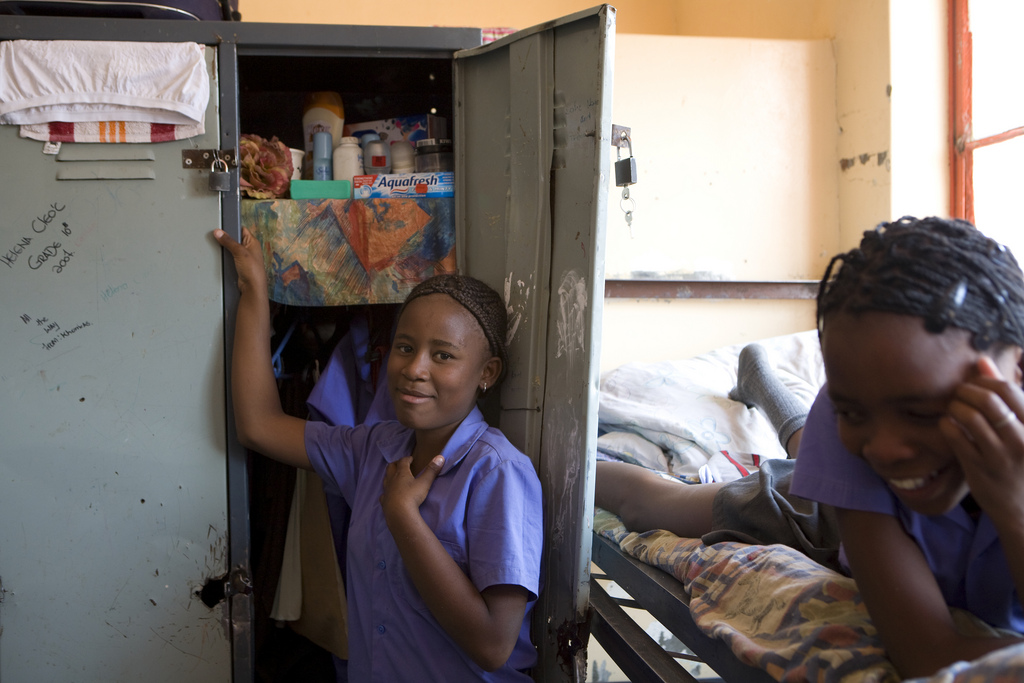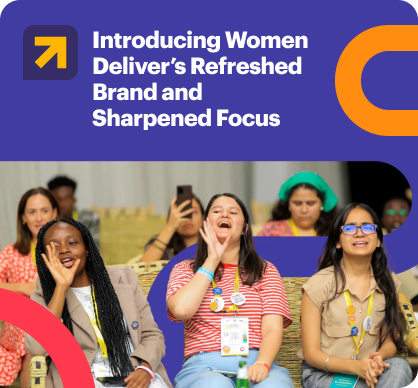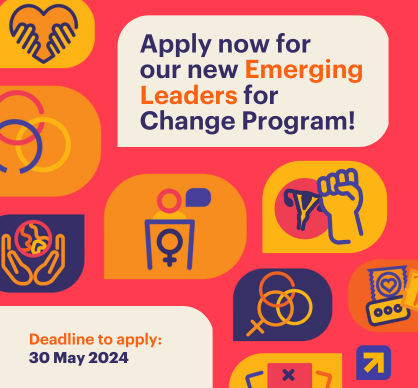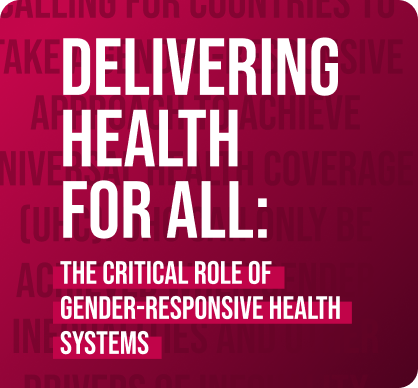How can an adolescent girl succeed in school if she is not protected from sexual violence inside the classroom? How does a child thrive when his mother must choose between buying medication or nutritious food? We know that poverty, lack of access to education, poor health and violence are intimately linked and how we tackle these problems is a global issue with important implications for the way the United States funds international development programs for women and girls. At the moment, we tend to compartmentalize our efforts in top-down, single-issue solutions, not because that is the most effective way to meet the needs of women and girls, but because it meets the needs of funders and their implementing partners. As we enter the new era of the Sustainable Development Goals (SDGs), we need to do better.
There is an obvious starting point.
We need to be a lot more deliberate and get a lot better at integrating efforts to improve the well-being of women and girls. Given the siloed nature of how we organize development work, especially in terms of funding and specialized expertise, we tend to think and act with narrowly predetermined notions of cause and effect. As a result, we miss vital connections and opportunities for action and impact. For example, I recently asked an African Minister of Health what was the biggest obstacle to women’s and girls’ health, and he immediately responded, “access to transport” to get to health facilities and obtain medicines. And yet, how often does transport come up as a priority when funders and development agencies plan health programs?
It’s time we learn how to overcome the mental mindsets that trap us in narrowly prescriptive solutions. Fortunately, current evidence offers a variety of strategies for achieving wide-ranging, cross-sectoral benefits for women and girls, especially in the interrelated areas of reproductive health and family planning, control of sexually transmitted infections (especially HIV), and family life skills that promote good nutrition, sanitation, and healthy child care. Moreover, helping women and adolescent girls gain control over the intimate decisions affecting their lives does far more than improve their health status. It engenders the confidence and ability to fight back against abuses, such as gender-based violence, and reinforces their political and economic empowerment.
Nothing illustrates this point better than family planning which, almost inexplicably given the weight of scientific evidence, has become increasingly controversial as a development intervention in the United States.
When women and couples are able to time their pregnancies and plan the size of their families, we make progress on nearly every SDG.
In addition to having a direct impact on reducing maternal and infant mortality, the ability to avoid pregnancy through access to contraceptives, knowing how to negotiate sexual encounters and/or practicing abstinence keeps girls in school longer, improves a woman’s employment prospects, increases food security, leads to improved neonatal and child health, and generates broader benefits such as relieving pressure on the environment.
Moreover, these benefits are not limited to girls and women living in poor countries. In 2011, the Guttmacher Institute surveyed a set of women in the United States and a majority reported that access to contraceptives had enabled them to take better care of themselves or their families, support themselves financially, complete their education, and get or keep a job. Still, despite these cross-cutting and seemingly universal positive impacts, many decision makers overlook or actively discourage family planning as a proven strategy for improving family and national wellbeing. If the global goals truly aim to promote evidence-based approaches that respond to the “felt needs” of the poor, it’s time to speak out for solutions like family planning that offer far-reaching individual, social, and economic benefits for everyone.
Development programs will naturally become more holistic and multidimensional if we can figure out how to give women and girls a greater voice in how programs are designed and implemented. For example, ask a girl why she isn’t in school and she may tell you it’s because her teachers are regularly asking her for sex. Or, it might have nothing to do with school; the road may be unsafe or her family needs her to take care of a sick relative. We’ve tried for a long time to make programs more inclusive with varying degrees of success. But we now have a whole new range of tools that can facilitate input and rapid feedback loops to transform how even the poorest community members inform the programs that affect their lives.
For more than a decade the pendulum has swung in the direction of focus and concentrate, and we’ve seen some stunning successes, such as getting millions of people with HIV on lifesaving antiretroviral treatment. But even that success has forced us to confront the need to follow up with holistic programs that allow people to not just survive, but to live productive and fulfilling lives. Our experience has shown us that when we focus only on one cause or recognize only one narrowly defined benefit, we limit the potential impact and value of our efforts.
The SDGs create a critical juncture for the development community. We can keep on doing what accommodates the funders and implementing organizations, or we can search for new paths that put the interrelated challenges faced daily by women and girls at the center of our work. We don’t know all the implications of such a change, but we do know it will require new tools; new ways of interacting with families, communities and development workers; and most of all, new ways of seeing girls and women as change makers with multifaceted lives that deserve more sophisticated and integrated solutions.
 Along with a deep conviction in the power of people to work together to solve complex human development challenges, Patrick Fine brings 35 years of international development experience to his role as the leader of FHI 360. A frequent speaker on development, Fine’s areas of expertise include integrated development, education, private sector and livelihoods, donor coordination, community development, public–private partnerships and working in conflict and post-conflict settings.
Along with a deep conviction in the power of people to work together to solve complex human development challenges, Patrick Fine brings 35 years of international development experience to his role as the leader of FHI 360. A frequent speaker on development, Fine’s areas of expertise include integrated development, education, private sector and livelihoods, donor coordination, community development, public–private partnerships and working in conflict and post-conflict settings.




